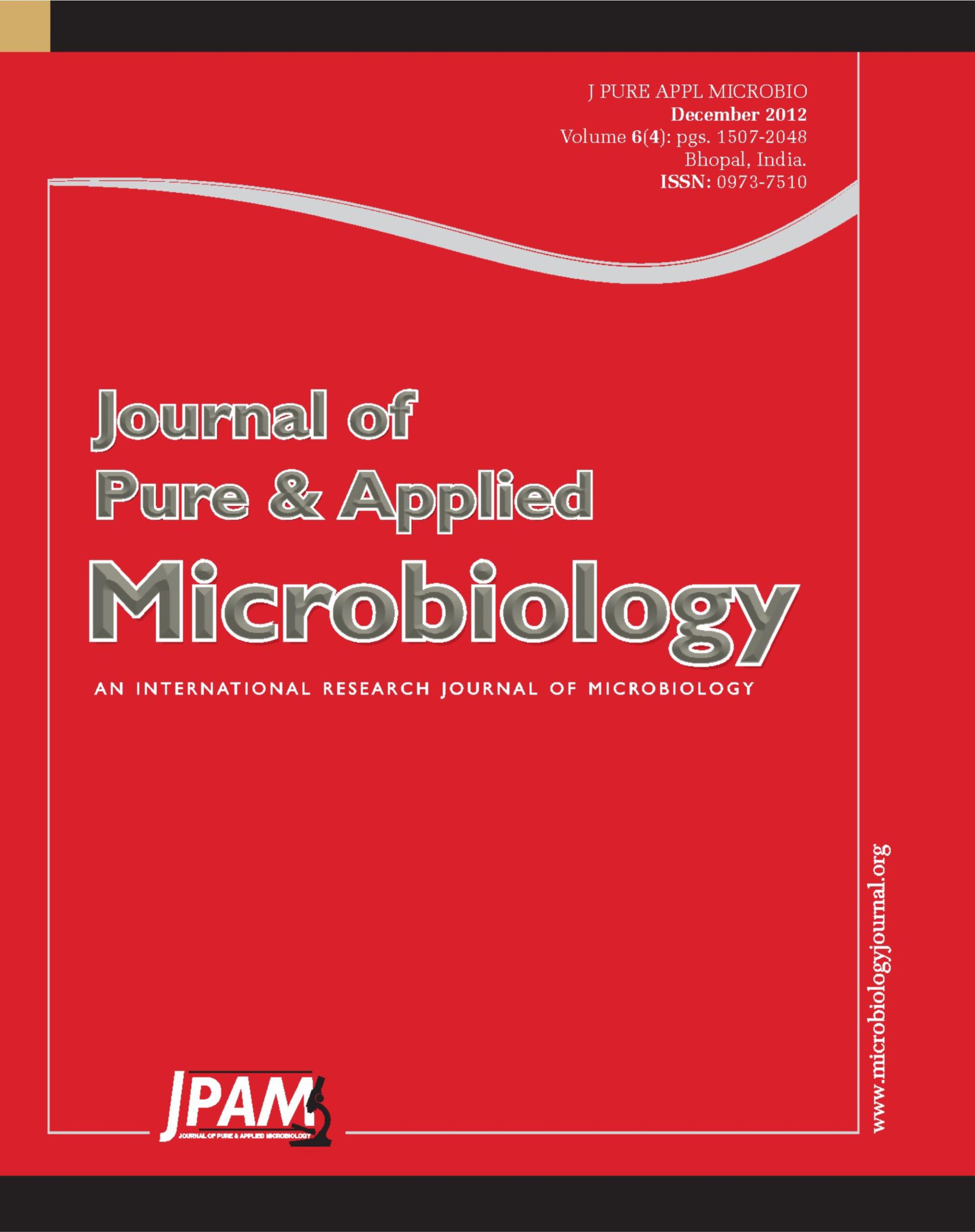Phosphorous is involved in many essential biochemical processes like cell division, photosynthesis, sugar break down, transfer of energy and nutrient uptake. Two phosphate solubilizing pseudomonas strains 25MRP and 33MRP were taken in this study. Tn-5 derived mutants of 25MRP and 33MRP were obtained with altered phosphate solubilizing ability by using E.coli strain S17-1. Highest phosphate solubilization and maximum drop in pH were found with 33MRP-314 mutant. Under pot house conditions maximum plant dry biomass was observed with 33MRP-233 with URP (3.43g/pl) followed by 25MRP-61 with URP (3.32 g/pl) at 60 DAS. The phosphate uptake ranged between (11-298%), and maximum phosphorous uptake observed in 25MRP-233 with URP (0.726 mg/pl) followed by 25MRP-61 with URP (0.712 mg/pl). Better performance with low phosphate solubilizing mutants such as 25 MRP-179 and 33MRP-188 in relation to plant dry weight indicated that some other metabolites may also be involved in plant growth promotion.
Phosphate solubilization, Seed bacterization, Mustard, Mutation
© The Author(s) 2012. Open Access. This article is distributed under the terms of the Creative Commons Attribution 4.0 International License which permits unrestricted use, sharing, distribution, and reproduction in any medium, provided you give appropriate credit to the original author(s) and the source, provide a link to the Creative Commons license, and indicate if changes were made.


